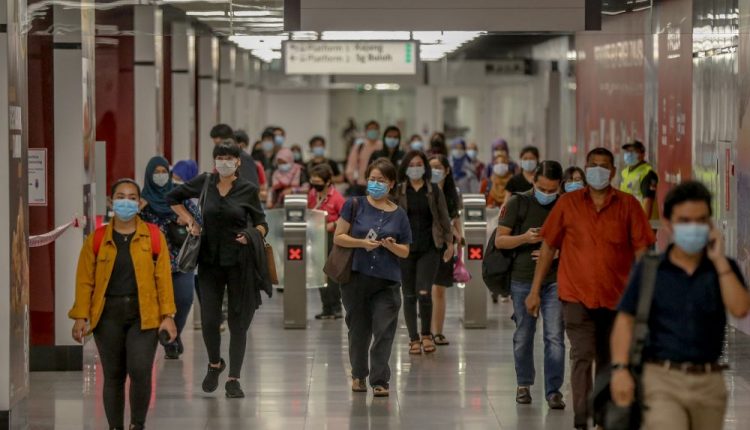PETALING JAYA: Malaysia’s gross domestic product (GDP) fell by 4.5% year-on-year (y-o-y) for the third quarter, mainly due to the strict movement controls implemented since June to contain the surging Covid-19 pandemic.
-Advertisement-
This comes after a second-quarter that pointed to a promising recovery trajectory, whereby the economy expanded by 16.1% y-o-y.
Compared with the second quarter of this year, the country’s GDP saw a slight dip of 3.6%, again attributable to the economic slowdown caused by lockdowns.
Presenting Bank Negara Malaysia’s (BNM) quarterly report, governor Nor Shamsiah Mohd Yunus said that despite the dip, the country was still on track to meet the central bank’s earlier projection of 3-4% growth for the year.
BNM expects the economy to grow further in 2022, with its current projection sitting at 5.5-6.5%.
“Malaysia’s growth trajectory is expected to improve given resumption of economic activities, further improvement in the labour market, continued policy support, and expansion in external demand.
“I know a lot of people are saying that the economy is facing a stagnation, but let me emphasise here that this is not the case. Growth will accelerate to 5.5-6.5% next year, and we are not seeing indications of broad-based price increases or excessive wage pressures,” she said.
-Advertisement-
According to Nor Shamsiah, a number of factors will be at play, including the success of global vaccination programmes and the stability of the health situation in Malaysia which would positively affect future growth.
“Potential risks, however, include the emergence of more threatening Covid-19 variants, continued supply chain disruptions and any worsening in the local Covid-19 outlook,” she said.
Businesses and households will be supported on the road to recovery by a number of initiatives, such as those designed to improve digitalisation within firms and new financing options, as well as targeted cash aid and reduced EPF deductions which will put more money in the hands of the people.
All major sectors experienced a slowdown, with construction taking the biggest hit, falling 20.6% compared with the third quarter of last year. Manufacturing fared best but was still unable to avoid a contraction, shrinking by 0.8%.
The BNM quarterly report also highlighted that the labour market saw gradual but consistent improvement in the third quarter. The unemployment rate stood at 4.5% as of September, the lowest it has been all year.
The total number of unemployment claims made via the Employee Insurance System (EIS) was also down, with about 4,300 claims. It was the lowest since May, just before the nationwide full lockdown and phase one of the National Recovery Plan began in June.
Around 1,400 out of the total number of unemployment claims came from tourism-related businesses. Throughout the pandemic, the tourism sector accounted for a substantial portion of these claims.-FMT

